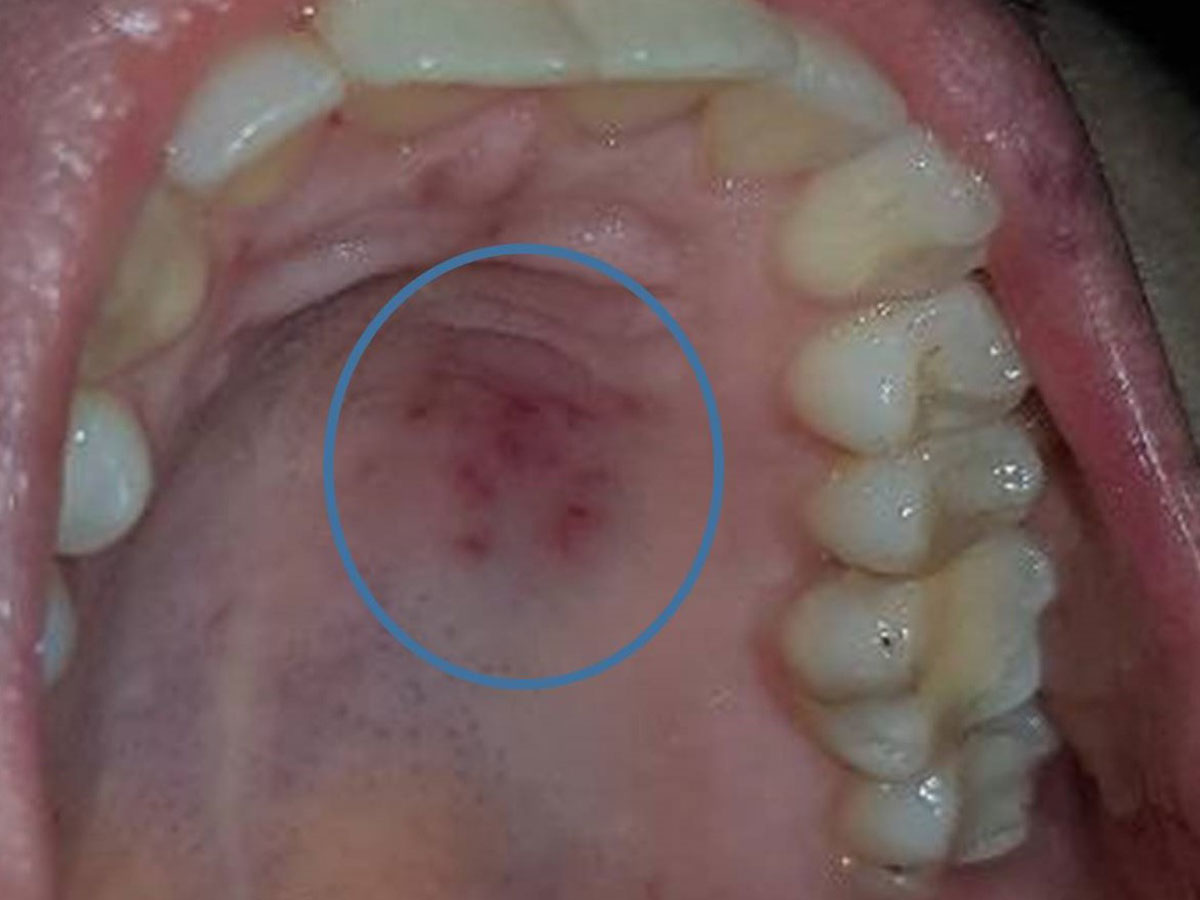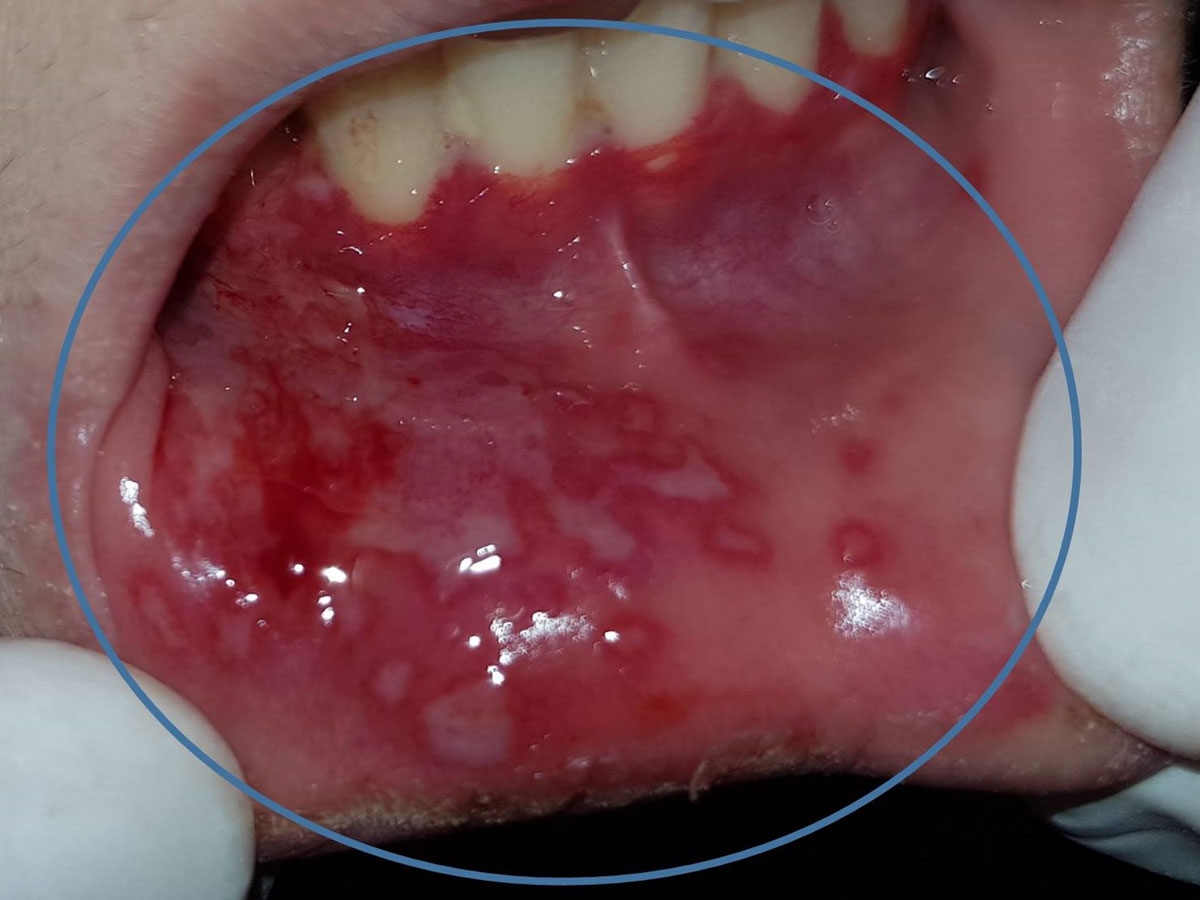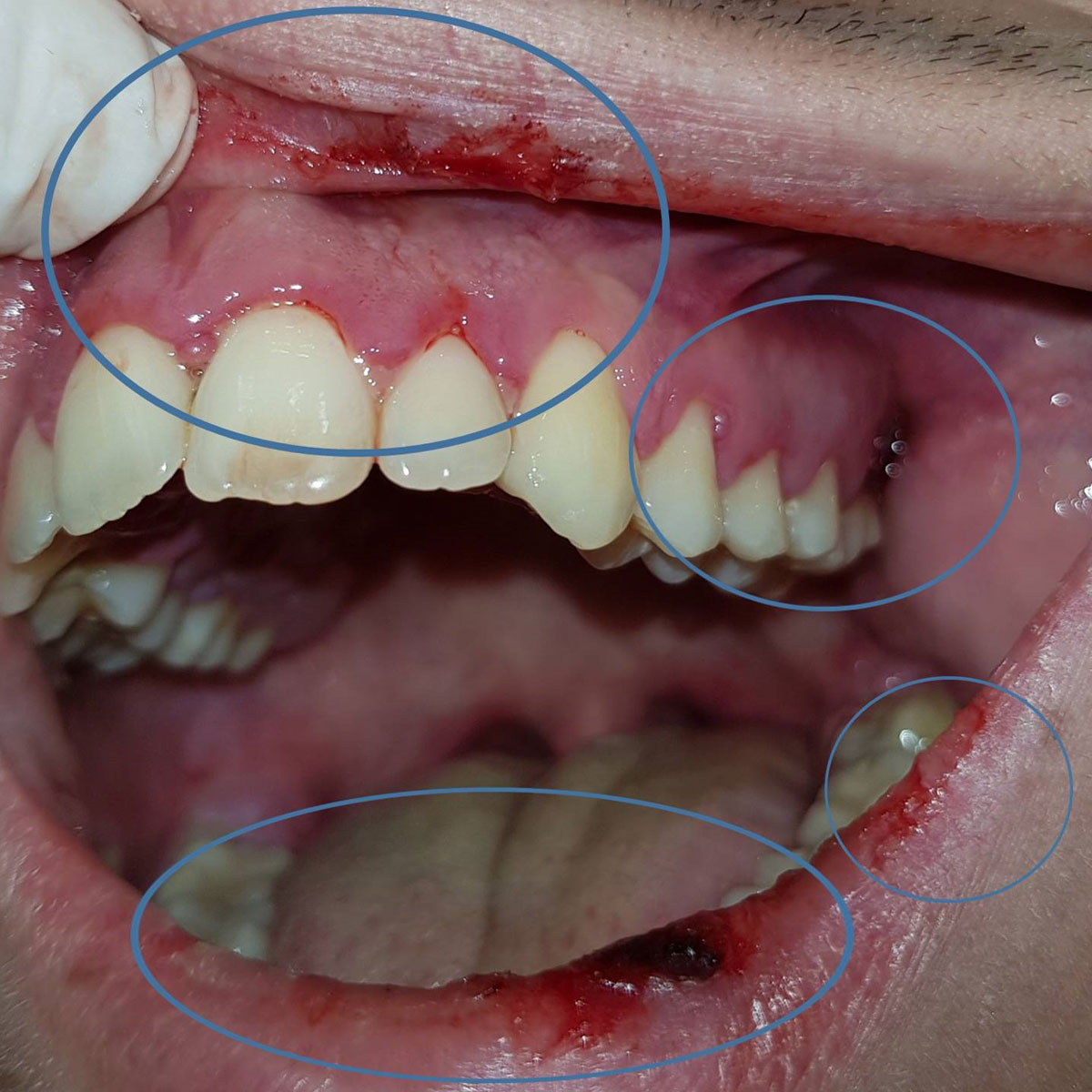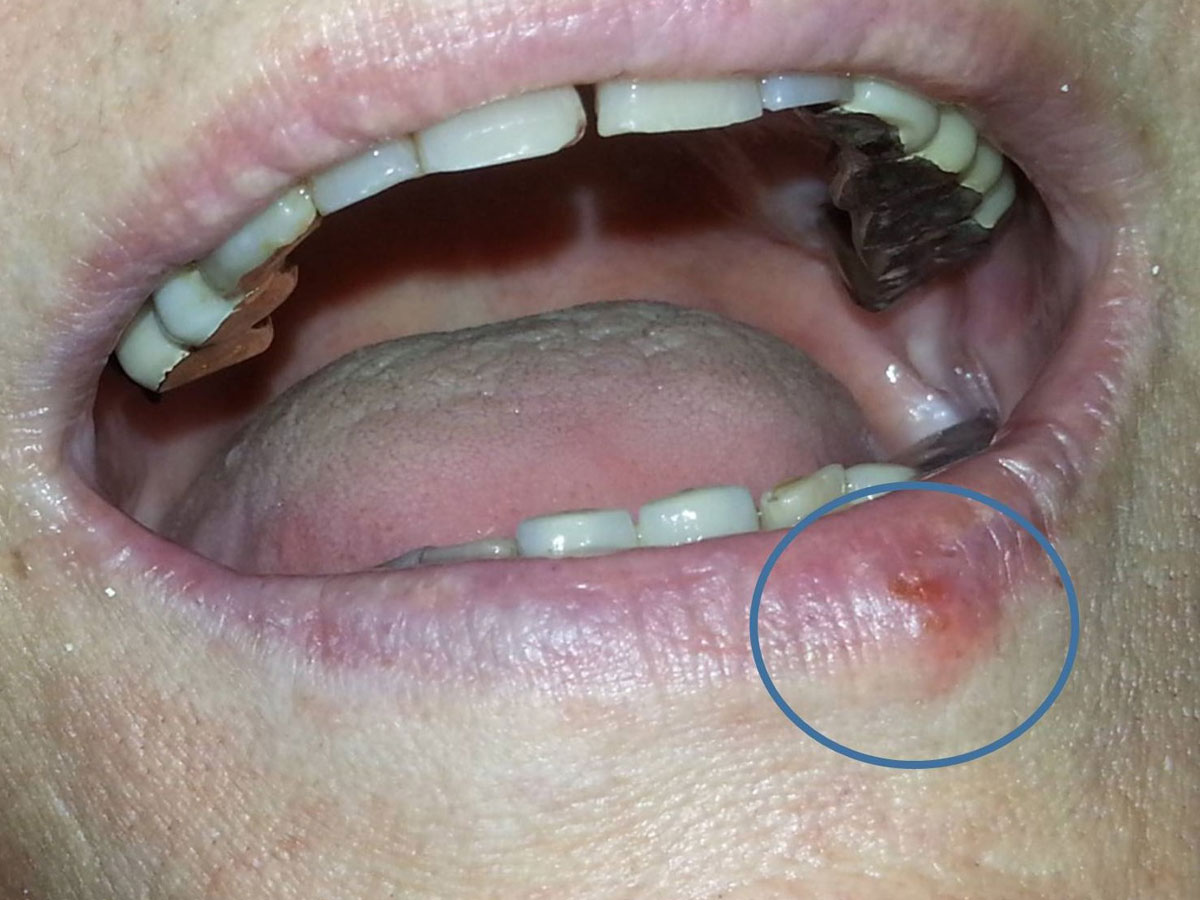The disease is equally distributed between the sexes and has no specific seasonal or geographical distribution. It is estimated that almost all adults are HSV seropositive and that a large percentage of them will develop a secondary infection usually in the form of herpes labialis.
The diagnosis of the disease is usually clinical, based on the appearance of oral and peri-oral ulcers. However, if for some reason additional testing is required, the infection can be diagnosed through serological tests or direct immunofluorescence using an ulcer smear or fluid from the blisters.
Primary infection is the most common cause of gingivitis in children but may also occur in adults, usually as a secondary infection with less morbidity. The disease is characterized by precursors including fever, anorexia, general malaise, followed by intense and extensive development of edema, redness and painful, blistering / ulcerative lesions of the gums and mucous membranes with consequent painful symptoms and cervical lymphadenitis. The most common form of secondary infection is herpes labialis, a lesion located on the skin-vermilion border of the lip, while intraorally it is usually located in the palate, in the area corresponding to the 1st-2nd molars.
Regarding medical treatment, a number of antiviral drugs such as acyclovir or valacyclovir can lead to a clear improvement and reversal of the patient’s signs and symptoms. With regards to secondary infections, the application of antiviral drugs locally or systemically is also expected to improve the duration and extent of the morbidity, which is undoubtedly made shorter. In addition, analgesics are provided in the context of symptomatic treatment in order to alleviate the symptoms, while it is recommended to the patient to maintain a balanced diet and consume sufficient fluids and solids. In rare cases, hospitalization is possible if proper hydration is not maintained or in cases of immunosuppression, although this situation is quite rare for most patients.



